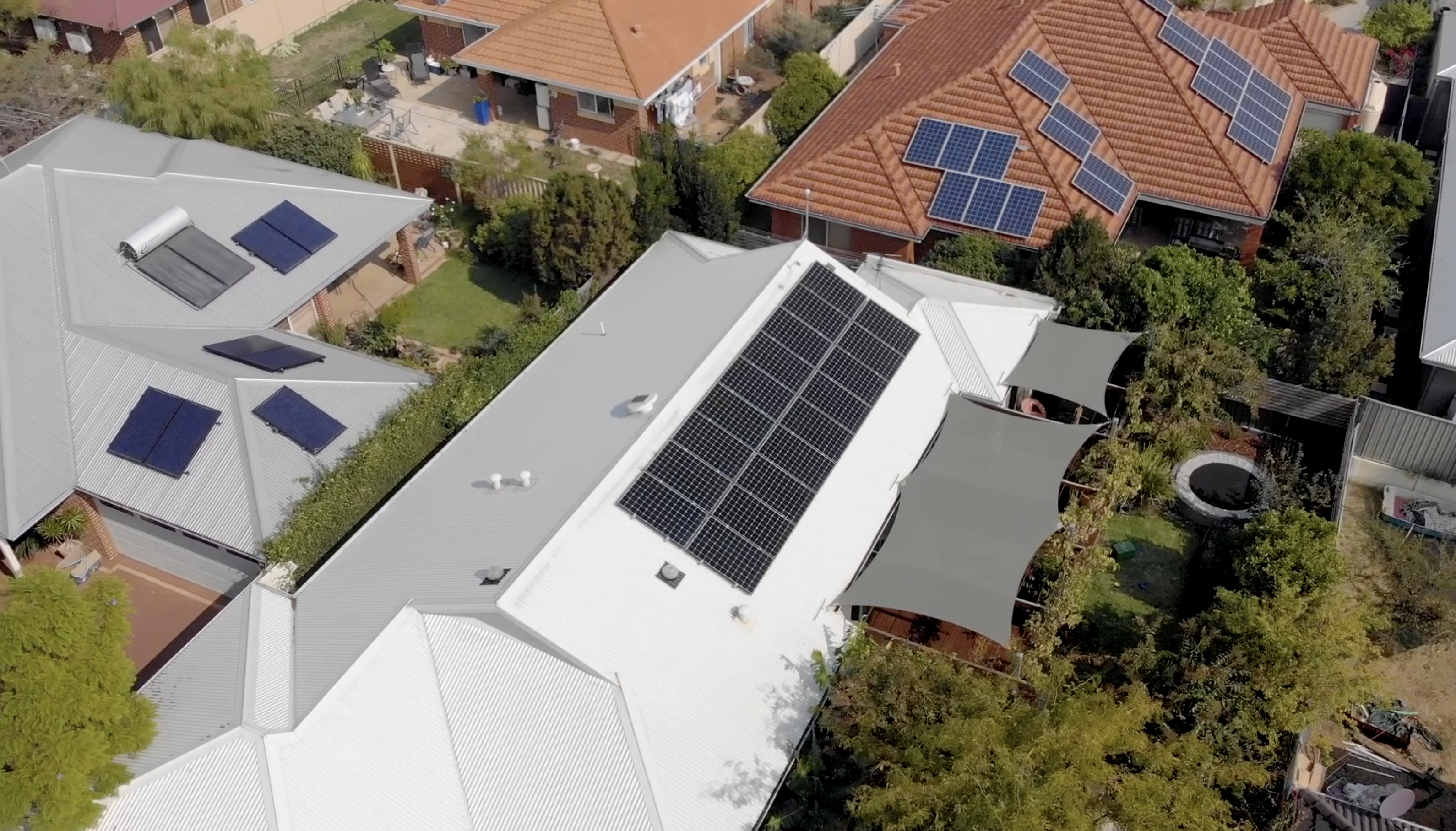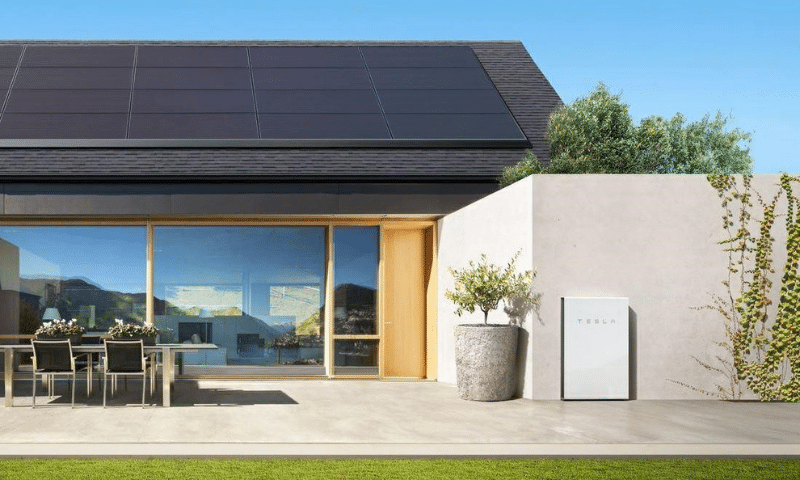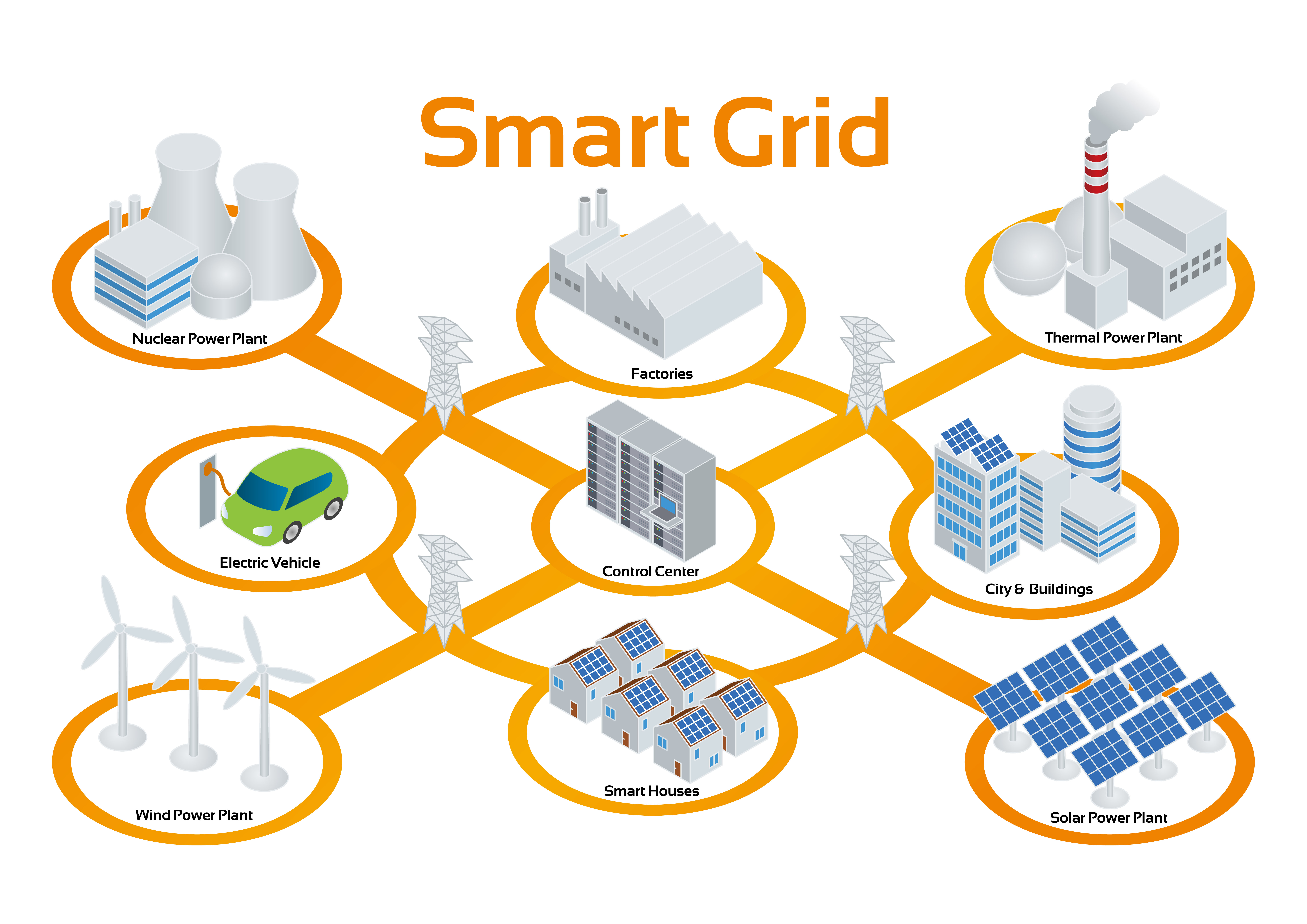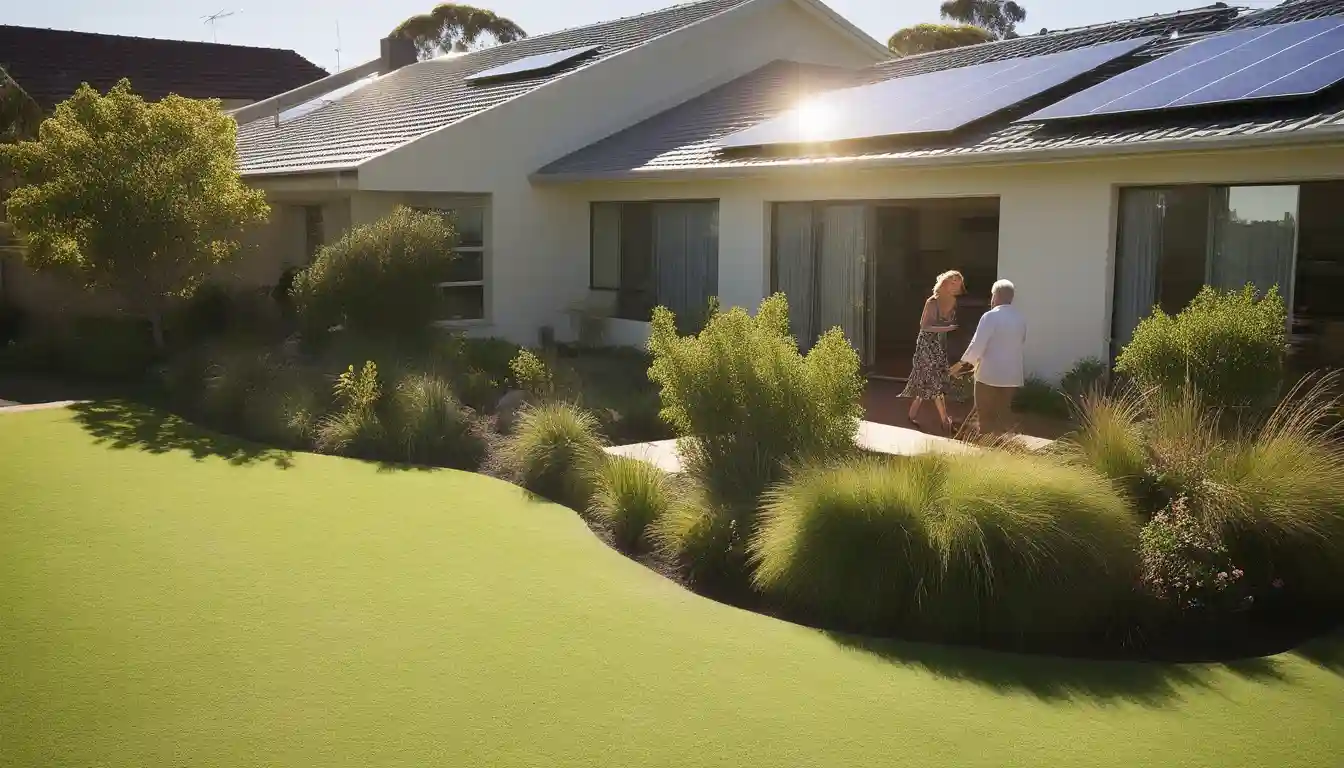When Sunlight Becomes Currency: The $67 Million Gamble on Australia's Energy Awakening
SYDNEY — Australia's four million rooftop solar installations have created an unintended consequence: while individual households reduce their electricity bills, the national grid has become increasingly unstable and energy costs continue rising across the system. National Renewable Network has secured $67.2 million in Series A funding to address this challenge through a platform that enables energy retailers to offer households solar and battery systems with no upfront costs. The funding round ranks among Australia's largest climate technology deals and reflects growing investor confidence in distributed energy solutions. The Sydney-based company operates at the intersection of Australia's renewable energy boom and mounting grid management challenges, offering infrastructure and financing services that allow energy retailers to rapidly scale their renewable offerings without significant capital investment.

The Alchemy of Zero-Dollar Solar
What NRN offers challenges the fundamental economics of renewable energy adoption. Instead of requiring households to mortgage their futures for solar and battery systems costing upwards of $20,000, the company has engineered a different mathematics entirely: cutting-edge renewable technology installed at no upfront cost, with no ongoing repayments, no maintenance anxieties.

This financial alchemy works through a sophisticated partnership ecosystem. Energy retailers like Alinta Energy can now offer solar and battery packages embedded within modified electricity plans, while NRN orchestrates the complex symphony of technology integration, regulatory navigation, capital deployment, and ongoing maintenance. Retailers preserve their customer relationships and brand authority; households access clean energy without financial barriers.
"We're witnessing the democratization of energy infrastructure," observed one energy sector strategist familiar with the funding round. "The traditional gatekeepers—capital requirements, technical complexity, maintenance risk—are dissolving."
The model's resonance appears profound. Over 24 months, NRN has expanded its network by more than 600 percent, accumulating over $12 million in renewable energy assets under management and deploying nearly 10 megawatt hours of installed battery capacity. With total funding now exceeding $85 million, the company projects deploying an additional 40 megawatt hours of battery storage over the next 12 months—a fourfold acceleration that would position it among Australia's largest distributed energy infrastructure operators.
The Grid's Growing Pains
Australia's energy landscape represents both unprecedented opportunity and mounting systemic vulnerability. The nation's embrace of rooftop solar has created the world's highest per-capita distributed energy penetration, but this transformation has introduced complex grid management challenges that traditional infrastructure was never architected to accommodate.
Each solar installation functions as an unmanaged micro-generator, creating voltage fluctuations and supply-demand mismatches that cascade through electrical networks like ripples in a pond. Energy retailers face evaporating demand during peak solar production while scrambling to meet evening consumption when solar generation plummets toward zero.
The mathematics are stark: during optimal solar conditions, residential demand can drop by 80 percent, only to surge back within hours as the sun sets and air conditioners activate. This volatility creates what industry professionals term "the duck curve"—a daily energy demand pattern that resembles the profile of a duck, with a pronounced belly during midday and a sharp neck representing evening peaks.
The 'duck curve' illustrates the disparity between electricity demand and solar generation during the day, creating a duck-shaped load profile for the grid.
| Feature | California (CAISO) | South Australia | Western Australia (SWIS) |
|---|---|---|---|
| Lowest Net Load ("Belly") | Occurs midday due to high solar generation, creating a significant dip in demand from the grid. | Experiences a "world-leading" duck curve with a deep "belly" in the middle of the day, particularly in low-demand months like October. | Shows a large dip in the middle of the day when solar energy generation is at its peak. |
| Evening Ramp ("Neck") | A steep increase in net load occurs in the late afternoon and evening as solar generation fades and electricity consumption rises. | Requires increasingly faster ramp rates for other generation to meet the evening peak demand as the "belly" deepens. | Experiences extreme changes in demand as solar generation ceases and other energy sources must "kick in" suddenly. |
| Primary Cause | High penetration of solar power, both large-scale and rooftop installations. | High penetration of rooftop solar PV, leading to record low grid demand during the day. | Increasing amount of solar energy being exported to the grid, especially during the middle of the day. |
| Challenges | Grid instability, risk of oversupply during the day, and the need for flexible resources to manage the steep evening ramp. | Potential for grid instability when minimum demand falls to very low levels. | Potential for energy system instability and blackouts if the extreme fluctuations in supply and demand are not managed. |
Virtual Power Plants emerge as the technological solution to this infrastructure crisis. By aggregating distributed battery systems into coordinated networks, VPPs can absorb excess solar energy during peak production and strategically release it to smooth grid operations and reduce demand pressures.
A Virtual Power Plant (VPP) is a cloud-based network that connects numerous distributed energy resources, such as home solar panels and batteries. Using smart software, it aggregates their collective power and dispatches it to the grid, effectively operating as a single power plant to help balance supply and demand.
Government policy has accelerated this transition dramatically. Federal subsidies now cover 30 percent of home battery installation costs, while states like New South Wales offer additional VPP participation incentives. These policy tailwinds create market conditions that industry veterans describe as unprecedented for companies positioned to scale distributed energy infrastructure rapidly.
Capital Architecture for Market Conquest
The $67.2 million funding round represents sophisticated financial engineering designed to optimize capital efficiency for asset-intensive renewable energy deployment. The combination of equity and debt financing reflects a nuanced understanding of the distinct capital requirements for scaling physical infrastructure versus traditional technology platforms.
Venture capital funding for Australian climate technology startups over the past five years, showing a rising trend.
| Year | Venture Capital Funding (AUD) |
|---|---|
| 2021 | $338 million |
| 2022 | $553 million |
| 2023 | $268 million |
| 2024 | $609 million |
Investible leads the equity component, marking their third investment in NRN since initially backing the company's seed round in March 2024. Virescent Ventures co-leads the round, while Electrifi Ventures, Ecotone Partners' Planet Fund, and Infradebt's managed funds provide additional capital sophistication.
The debt component, channeled through Infradebt's Australian Ethical Infrastructure Debt Fund, enables NRN to maintain equity dilution discipline while accessing substantial capital for household solar and battery installations. This financing architecture allows the company to offer zero-upfront solutions without requiring massive equity dilution that would undermine long-term value creation.
"This represents validation of infrastructure-as-a-service models for energy transition," noted one investment professional familiar with the transaction. "Rather than competing with energy retailers, NRN provides the technological backbone and capital deployment capabilities that enable rapid VPP scaling without balance sheet exposure."
Navigating Competitive Crosscurrents
NRN operates within an increasingly competitive landscape where established energy titans are making aggressive moves to capture distributed energy market share. AGL recently acquired Tesla's South Australian VPP operations, while Origin Energy has deepened its partnership with Kraken Technologies to enhance distributed energy capabilities.
These competitive dynamics create both opportunity and existential risk. While major energy retailers possess established customer bases and substantial capital resources, they often lack the specialized technological infrastructure and operational expertise required to rapidly deploy distributed energy solutions at scale.
The white-label partnership model may provide competitive insulation by enabling rather than threatening energy retailers. This approach allows retailers to launch sophisticated VPP offerings without developing internal capabilities or making substantial infrastructure investments—a particularly attractive proposition for mid-tier players seeking competitive differentiation.
However, execution risks remain formidable. Success requires operational excellence across multiple complex domains: technology integration, regulatory compliance, installer network management, customer service, and asset performance optimization. Any significant operational failures could cascade through retailer partnerships and damage broader market confidence in distributed energy solutions.
Economic Undercurrents and Market Momentum
Market fundamentals suggest increasingly favorable conditions for aggressive distributed energy scaling. Australia's electricity wholesale prices have experienced significant volatility, creating compelling economic incentives for both households and retailers to embrace energy storage and demand management technologies.
Historical volatility of wholesale electricity prices in Australia's National Electricity Market (NEM).
| Period/Region | Metric | Value/Comment |
|---|---|---|
| Q2 2025 | Average Quarterly Price | Ranged from $136/MWh in Queensland to $188/MWh in New South Wales. |
| Q2 2025 | High Price Events | There were 66 instances where 30-minute prices surpassed $5,000 per MWh. |
| Q2 2025 | Negative Price Events | A record 2,101 negative-priced 30-minute periods occurred during this quarter. |
| Last Financial Year | Average Annual Price | Varied between $63 and $102/MWh across all regions. |
| 10-Year Average | Load Weighted Price (NEM) | The 10-year average load weighted price is $99/MWh. |
| May 2024 | Extreme Volatility | Wholesale spot prices in New South Wales were capped at $600/MWh due to extreme volatility. |
| September 2022 | Negative Price Events (South Australia) | Negative priced events occurred 23% of the time. |
The economics of residential battery systems have reached a critical inflection point where lifecycle savings frequently exceed installation costs, even without subsidies. Combined with federal and state incentive programs, these economic conditions create value propositions that transcend traditional early-adopter demographics.
For households, the appeal extends beyond financial considerations. Energy independence represents both practical insurance against grid instability and psychological security in an era of increasing economic uncertainty. The zero-upfront model removes the primary barrier preventing mass-market adoption.
Investment Implications and Transformation Trajectory
For investors tracking Australia's energy transition, NRN's funding round signals several critical market developments. Institutional capital is flowing toward companies capable of deploying distributed energy infrastructure at scale, rather than pure technology platforms. The market rewards business models that enable existing energy retailers rather than attempting to displace them.
The company's rapid scaling timeline—from seed funding to major Series A within 18 months—reflects both the urgency of Australia's energy infrastructure challenges and the market's recognition that solutions require substantial capital deployment rather than incremental technological improvements.

Market analysts suggest that companies successfully scaling distributed energy infrastructure may capture significant first-mover advantages as Australia's energy system continues transforming toward decentralized generation and storage. The next 18 months could prove decisive for determining which players capture dominant positions in this emerging market architecture.
The broader implications extend beyond Australia's borders. As other developed economies grapple with similar renewable energy integration challenges, successful models for scaling distributed energy infrastructure may find global application. NRN's approach—combining infrastructure-as-a-service with retailer partnerships—represents one potential template for navigating the complex transition from centralized to distributed energy systems.
Investment Disclaimer: This analysis reflects publicly available information and established economic indicators. Past performance does not guarantee future results. Readers should consult qualified financial advisors before making investment decisions.
